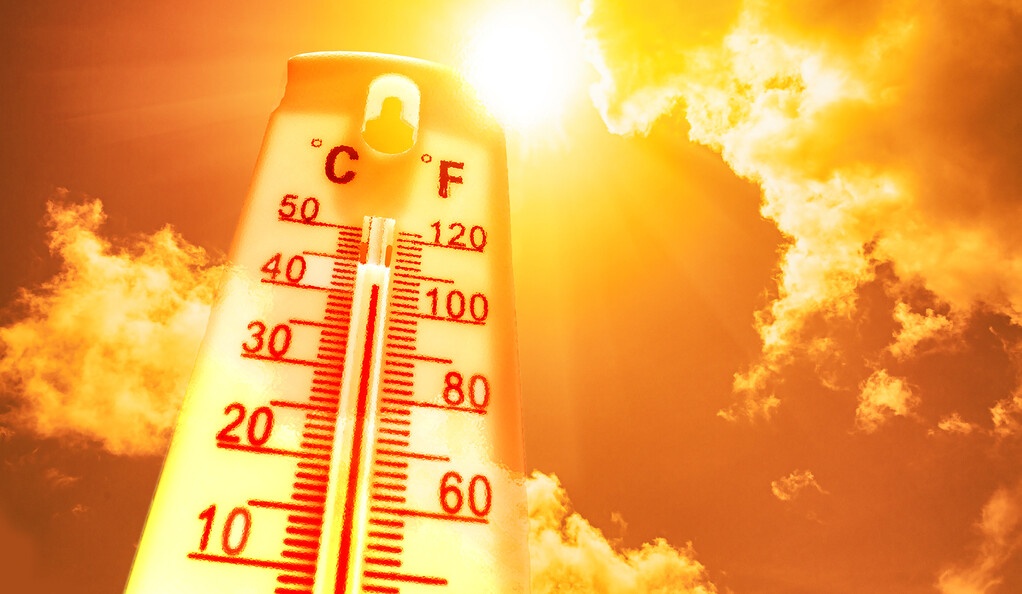Free Courses Sale ends Soon, Get It Now


Free Courses Sale ends Soon, Get It Now



Copyright infringement not intended
Context - The World Meteorological Organisation (WMO) stated that “Heatwaves are more frequent and more intense and starting earlier than in the past.”
Details
World Meteorological Organization
About Heat Wave
Health Impacts of Heat Waves
Formation of Heatwave
Heatwave in India
Why India is experiencing more heatwaves?
Mitigation and Adaptation Strategies
https://epaper.thehindu.com/Home/ShareArticle?OrgId=GRQ9P1MJK.1&imageview=0
https://epaper.thehindu.com/Home/ShareArticle?OrgId=GRQ9P1IJS.1&imageview=0
© 2024 iasgyan. All right reserved